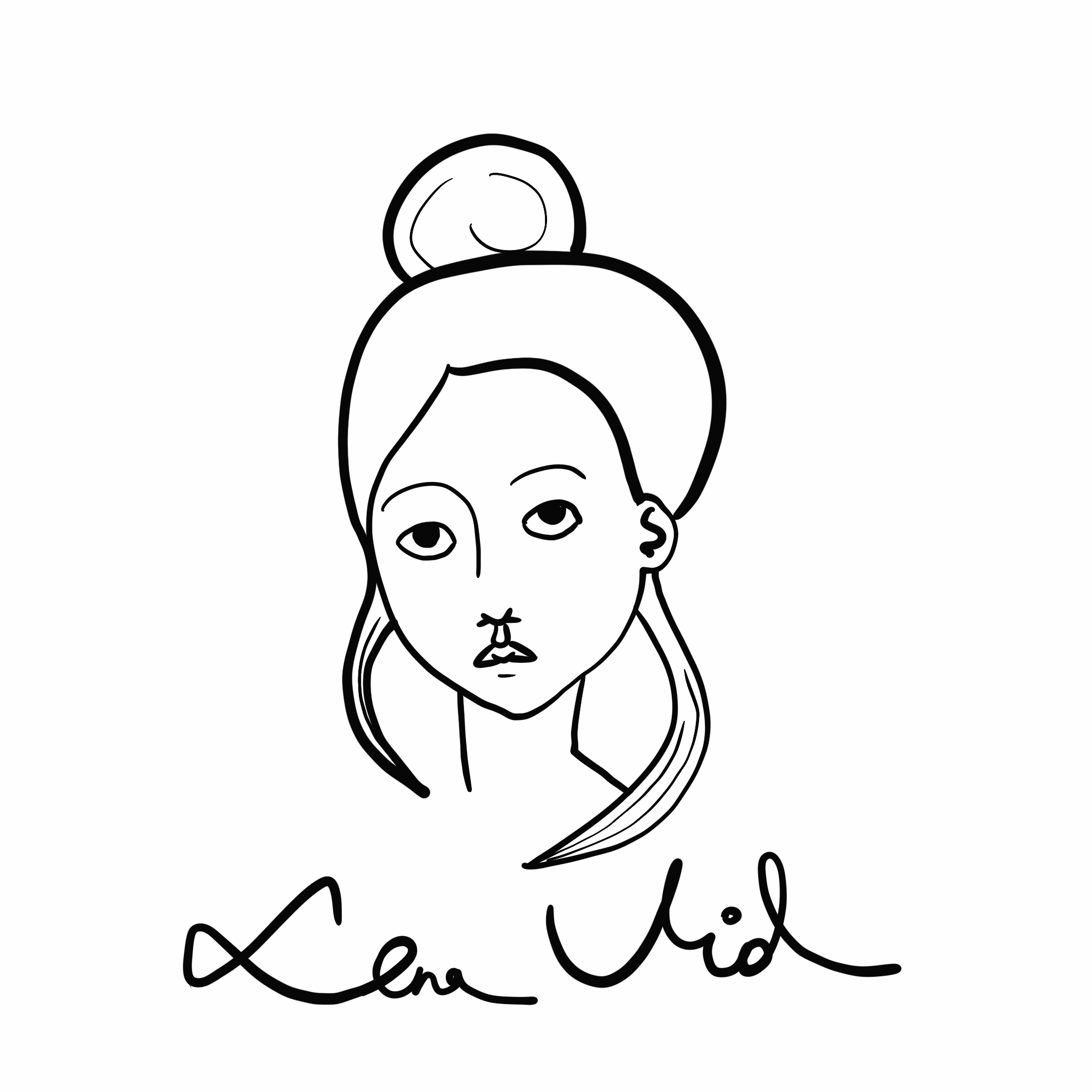My Spring 2020 art project was focusing on dreams, memories and the connection between these two. I worked with both concepts simultaneously, exploring each in connection with one another while also aiming to find out their relations to the process of making art. Therefore, I asked myself when embarking on this project:
Is it possible to evoke memories through making art?
I decided to work with this question with creating a large acrylic painting dedicated to my memories from Mumus, a long gone art bar from Budapest, Hungary. And the mode I chose to explore this question was to evoke my memories through painting, the same way I attempted to remember dreams through making art.
I you first would like to read more about the three techniques I came up with for getting in touch with dreams through making art, then you can follow this link to my previous post here:

Mumus, Detail: "We Cannot Open This Bottle Inside". Acrylic paint on linen, 140 cm x 90 cm. Lena Vida, 2020, Oslo.
So what was Mumus?
Think about this first: The word Mumus is a reference to the bogeyman in Hungarian. Now, hold that thought, and imagine a bar downtown Budapest that never sleeps. Okay! Now, imagine that this bar has a secret apartment above it. And that was Mumus, indeed, and so much more. In the hidden apartment upstairs, you could have a house party with strangers: since all the rooms were turned into parlours and all the pieces of furniture were replaced with sofas, chairs and coffee tables. The living room had a DJ stand installed, and the rest of the room was turned into a dance floor. You would go around, smoking inside, with a drink in one hand. Strangers would sit next to you on the sofa and drunk girls would go around begging for a smoke. It is no surprise then that all my memories from Mumus are foggy with smoke!
This bar was mystical and short lived: it already closed its doors in 2010. That means that there is no Instagram page or smartphone photos to help us remember the place and our times in it. You cannot really find more than a couple of photos if you acquire help from an online search engine either.

Mumus, Acrylic paint on linen, 140 cm x 90 cm. Lena Vida, 2020, Oslo.

Mumus, Acrylic paint on linen, 140 cm x 90 cm. Lena Vida, 2020, Oslo.
Today, we can easily say that this place mostly lives in our memories. But our memories from ten years ago are floating, translucent and unreliable. Almost like dreams, I would say! Therefore, it seemed fitting to use the methods I acquired when painting my dreams when depicting and recalling my memories from Mumus.
In the previous part of this project, I discussed different modes to evoke dreams. One of the methods was to apply four-dimensional drawing, i.e. to create multidimensional and translucent drawings with transparent walls and characters multiplied on the drawings suggesting movement in time. I used this artistic method when I sketched the architecture of my painting. The architecture of the building is twisted, and uncertain - just like our memories - and it shows simultaneously what is inside and outside, what is on the street and inside of the garden, etc. I also applied four-dimensional drawing when I painted multiple versions of myself - even though in a hidden way. The scene we can see in the foreground with me, my friends and the pianist "in real" happens in the background, somewhere above the head of the boy in the foreground.
Another artistic method I discovered to get in contact with dreams was sketching with paint in order to capture the atmosphere in the dream. This method focused more on colours and light conditions than on shapes and characters. So, I applied this technique too to capture the smoky atmosphere in my memories from Mumus.
I sketched the room upstairs with paint, first without then with furniture. Interestingly, the somewhat transparent characters from this sketch never made it to the final painting, since I wanted this part of the painting focus on capturing the atmosphere through colours and light conditions instead of focusing on characters.

The Hidden Apartment in Mumus, Acrylic Paint on Canvas, 32 cm x 22 cm
I am, however, planning on animating this painting this summer. This means that the characters from the hidden room, will not be forgotten, but will be invigorated. So, I will soon back with a lively short dedicated to the smoky memories from this fantastic place once known as Mumus!
This post is inspired by, but not identical with my Norwegian research paper "Mumus: Fremkalling av minner gjennom å lage kunst" (2020).


コメント